The latest iteration of mobile technology offers considerable opportunities – but industry needs to act now to influence its development. David Fowler reports
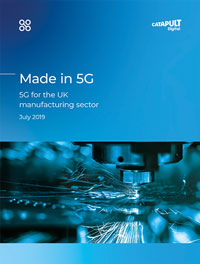
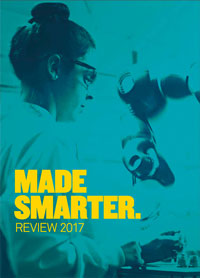
Great claims have been made for the potential benefits of 5G technology for industry. Some may dismiss it as hype – but behind the numbers lie great opportunities, making possible a digital transformation of industry.
That is the view of Dritan Kaleshi, head of 5G technology at Digital Catapult, the organisation set up by Innovate UK as a non-partisan technology accelerator to explain and demonstrate the benefits to industry.
Speaking at a recent seminar, he said infrastructure is traditionally invisible – what matters to users is not the technology but how it performs against the user’s needs.
The mobile technology industry is unique, he said, in that it effectively reinvents its fundamental technology on a 10-year cycle. Where 5G differs from previous technology generations is that for the first time it will provide two separate strands. “The mobile technology industry set itself a target to create an infrastructure that, on top of the services of today, can also support a wide range of applications and services.” These include connectivity for the industrial internet of things (IIoT) and the communications necessary for factory automation and for autonomous vehicles.
5G is not simply another mobile technology upgrade. Dr Kaleshi compared the first four generations to a saloon car that could be used for a range of purposes such as carrying garden waste to the municipal dump, despite not being primarily designed for them. “For the first time in 5G, the mobile industry is saying to enterprises and businesses: we might be able to provide you with a lorry, or a Ferrari. Technologically, all the options are available for you now, instead of having to provide a digital service on the equivalent of a saloon car.”
5G and the mobile industry overall could “address the digital transformation of enterprises”, he said.
Digital Catapult believes 5G has the potential to be a general purpose technology. These are technologies that can affect an entire economy and drive whole eras of technical progress and growth. Examples include the steam engine, electricity, electronics, computing and the internet itself.
A successful GPT has a combination of four components: market need, technological capability, innovation (across industry sectors) and a regulatory framework, said Dr Kaleshi. An example of support from the regulatory framework can be seen in Ofcom’s proposals for the 3.8-4.2GHz spectrum, which are considered revolutionary.
Not about speed
Digital Catapult believes 5G could address market needs in two key industry sectors – the creative industries and manufacturing.
5G promises to make possible data volumes 1,000 times as high as 4G, connect 10 to 100 times as many devices per unit area, provide data speeds 10 to 100 times as high, and latency (delays) reduced by a factor of five. “This is the target that the mobile technology industry has set itself in order to deliver the innovation needed for the future,” said Dr Kaleshi. But, he said, what is more important is to consider what these features mean in practice and how they can address market needs, and how to put such solutions together.
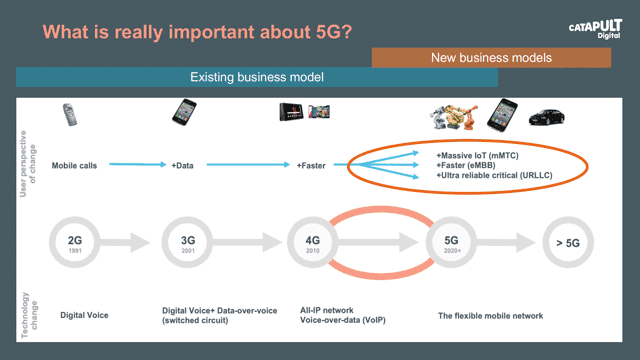
The speed of 5G is not the most important consideration. Its potential for transformation comes from four other features:
- The ability to become a network of networks – wireless networks in particular. 5G will be able to communicate with multiple types of wireless communication technology.
- Mobile edge cloud: this is the first serious attempt to integrate computation with the mobile telecoms structure.
- Private networks: the UK has led the world in this area, but features of 5G will make the adoption of private networks in factories, warehouses or ports a lot easier.
- Network slicing: 5G will provide a stability that did not exist in previous generations and which will allow users to build bespoke services.
Market need
The market need is explored in the report of the Made Smarter Review in October 2017, which set out “a vision for growth and increased productivity across the manufacturing sector by unlocking the potential of industrial digital technologies (IDTs)”.
It said: “Exploiting technology breakthroughs in fields such as artificial intelligence, robotics, and the internet of things is significant on its own. But what really turbocharges the impact is seeing them work in concert.”
The review estimated that the adoption of industrial digital technologies and faster innovation could generate £455bn for the UK economy over the next decade, create 175,00 jobs and reduce carbon dioxide emissions by 4.5%. Industrial productivity could be improved by 25% by 2025.
Digital Catapult has identified three key use cases where 5G could make the most impact for manufacturing. In general, 5G will make digitalisation in factories possible wirelessly, in applications where currently this can only be done through wired connections.
The key use cases are:
- on-site and in-factory production optimisation, both time-critical and non time-critical, using the IIoT;
- monitoring and management of goods across the supply chain (inbound and outbound logistics);
- connected goods: remote in-service maintenance and control, and end of life management, with 5G as a global standard technology. In particular this would fill gaps in manufacturers’ knowledge of how products perform once they leave the factory.
More detail of use cases is provided in Digital Catapult’s Made in 5G report, which also includes case studies from Yamazaki Mazak and Worcester Bosch in the UK. Their plants demonstrated productivity increases of 1-2% through the use of 5G.
Barriers
Digital Catapult conducted research among 250 companies grouped in ten “use case clusters” from ten industries.
It concluded that 5G could generate £20bn in revenue for UK industry by 2026. Manufacturing would be the greatest beneficiary on £3.7bn, followed by energy and utilities, with public transport, health care and public safety following closely behind (see chart below).
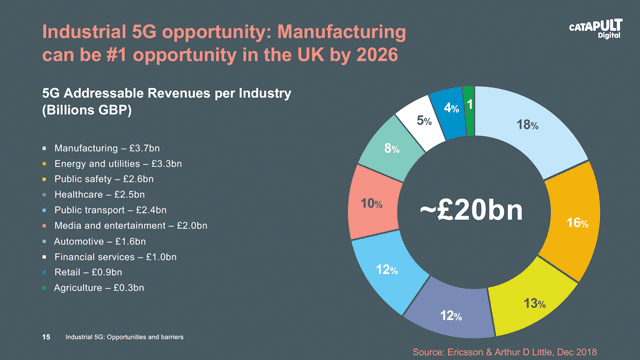
Breaking this down by individual technology “clusters”, real-time automation would generate £3.3bn, autonomous robotics £1.3bn, remote operations £1.2bn and augmented reality £0.8bn (see chart below).
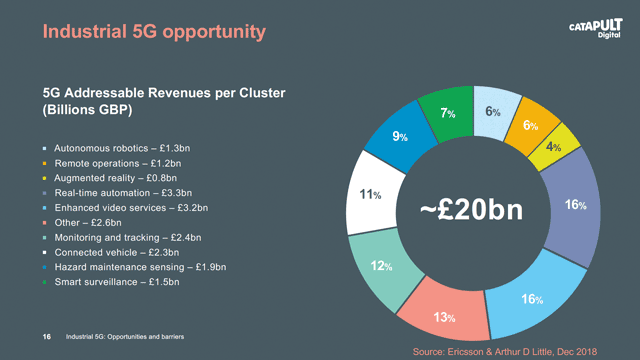
So the technology capability and market needs are there, said Dr Kaleshi. However, the research identified a number of barriers to the adoption of 5G. (see chart below).
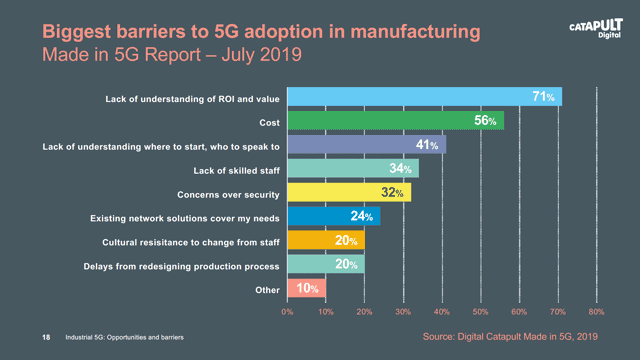
Top of the list is a lack of understanding of costs and return on investment and hence how to construct a business case for the technology. And according to the Made in 5G report, 70% of UK manufacturers do not consider connectivity as a problem or a priority, and do not include it in their R&D strategies. Manufacturers are also not sure who to turn to for advice.
Digital Catapult’s role is to make sure that manufacturers realistically explore the opportunities of 5G, said Dr Kaleshi. “We go to factories and explain 5G is not just fast connectivity, it’s a key part of the future advanced digital infrastructure.”
The message is also that at present industry has a chance to shape how 5G develops.
“This is the time when you can influence how the changes in the IT infrastructure can be done,” says Dr Kaleshi, but mobile technology providers need to be convinced demand is there from industry. “The mobile industry is not going to develop the technology without evidence of demand. If the demand exists, the technology capabilities can be developed in response to particular demands extremely quickly.”
Digital Catapult
Digital Catapult is a government-backed technology innovation centre whose aim is to help the UK economy grow by accelerating the early adoption of advanced digital technologies, particularly in the manufacturing and creative industries. It works with the academia, industry and the government to explore opportunities and also demonstrate their possibilities, through initiatives such as its 5G Testbed in Brighton. It is non-partisan as regards technology and hence can offer impartial advice to industry clients on the best technology to use for a particular application or problem.
Further info:
Made in 5G: 5G for the UK manufacturing sector. Digital Catapult, July 2019
www.digicatapult.org.uk/news-and-views/publication/
Made Smarter Review. Department for Business, Energy and Industrial Strategy, October 2017
www.gov.uk/government/publications/made-smarter-review

